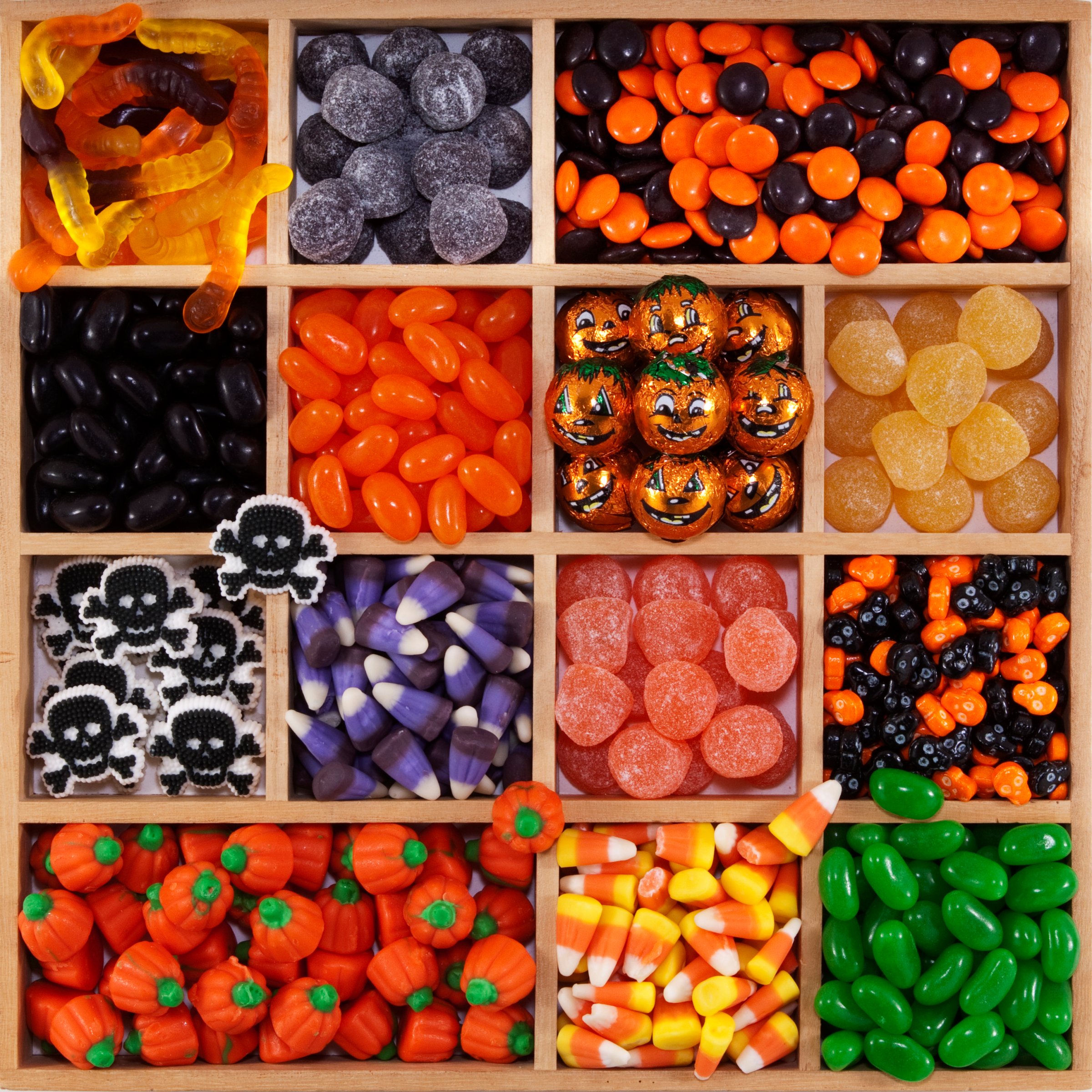
Halloween shoppers have many delicious decisions to make before trick-or-treaters show up at their doors. And in many states, those choices will change how much tax they pay.
In Illinois, for example, locals pay a higher state sales tax rate – 6.25% versus 1% – on Reese’s, gummi worms and Hershey’s milk chocolate bars than on Twix, Twizzlers and Hershey’s Cookies ‘n’ Creme bars.
Trying to distinguish between these two groups may be devilishly hard for shoppers, but to the Illinois Department of Revenue, the difference is simple. The first three treats are candy, and the second three are not.
Halloween offers a perfect window into the surprising difficulty of getting sales taxes just right.
Sales tax
States rely heavily on sales taxes for revenue.
Nationwide, sales taxes represent about a third of state revenue intakes. From the states’ perspectives, there is a lot to like about sales taxes.
States have a great deal of autonomy in crafting their sales tax codes, and taxpayers seem not to pay all that much attention to sales taxes, making sales taxes politically appealing sources of revenue.
Perhaps most importantly, vendors can be relied on to collect sales taxes, streamlining enforcement of the taxes.
However, sales taxes do raise concerns. Namely, they burden low-income taxpayers to a greater degree than high-income taxpayers, since low-income taxpayers spend a higher percentage of their disposable income on the taxes than high-income taxpayers.
For example, US$30 or so of sales tax on $500 of groceries strains the budget of a couple with $2,000 of monthly income more than the budget of a couple with $12,000 of monthly income. The estimated monthly grocery bill for a young couple on a low-cost plan, meaning they spend less on groceries than an average couple, is $500.
People must buy food to survive, making it harder for low-income taxpayers to change their purchasing habits to avoid the sales tax burden. To address this concern, many state legislatures have chosen to reduce the sales tax rate that applies to sales of certain necessities such as groceries and medical supplies.
Illinois, for instance, lowers its sales tax rate from 6.25% to 1% for grocery purchases. Other states, like California, exempt groceries from their sales taxes all together.
What is candy?
Now, states like Illinois must figure out where to draw the line.
If “groceries” are eligible for lower sales tax rates, the states must define what foods qualify. Some foods, like eggs, milk and bread, are easy to categorize as groceries. Others, like alcohol and prepared meals, are easy to exclude – and often are subject to extra taxes beyond basic sales taxes.
But how does one deal with all the food in between those groups? For instance, is meat a necessity? If so, are steaks necessities?
One approach to this sorting problem is to list out in granular detail each food that counts as a grocery item, leaving the remaining foods to be taxed at the higher rate. Such a list would provide perfectly targeted tax relief, but would demand constant and costly updating as new products make their way into grocery stores.
Instead of a granular method, states often take a more generalized approach to drawing the line. Under that approach, groceries are defined as food for consumption off-premises – which essentially means the food is purchased to take home, not to be eaten on the spot – and everything else is not eligible for reduced sales tax rates.
Many states, like Illinois, go further and provide that certain categories of food, such as candy, also do not qualify as groceries.
These more generalized approaches sacrifice accuracy for ease of administration but ultimately demand further line drawing. When is food purchased for home consumption? What is candy?
States like New York sometimes look to preparation methods to determine when food is purchased for consumption at home or on the premises. Have your bagel from the local deli toasted, and the New York Department of Taxation and Finance concludes you will be dining in. Avoid the toaster, and you will be taking it to go and paying less sales tax.
Illinois defines candy as sweets and confectioneries, but not if flour is a listed ingredient.
Therefore, in some states that cookie crunch in your Twix is doubly satisfying. It feeds your sweet tooth while also getting you a sales tax break.
And, yes, Twizzlers and Hershey’s Cookies and Cream both have flour in them, too.
Hayes Holderness is Assistant Professor of Law at the University of Richmond
This article is republished from The Conversation under a Creative Commons license. Read the original article.
More Must-Reads from TIME
- Cybersecurity Experts Are Sounding the Alarm on DOGE
- Meet the 2025 Women of the Year
- The Harsh Truth About Disability Inclusion
- Why Do More Young Adults Have Cancer?
- Colman Domingo Leads With Radical Love
- How to Get Better at Doing Things Alone
- Michelle Zauner Stares Down the Darkness
Contact us at letters@time.com